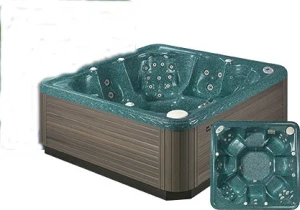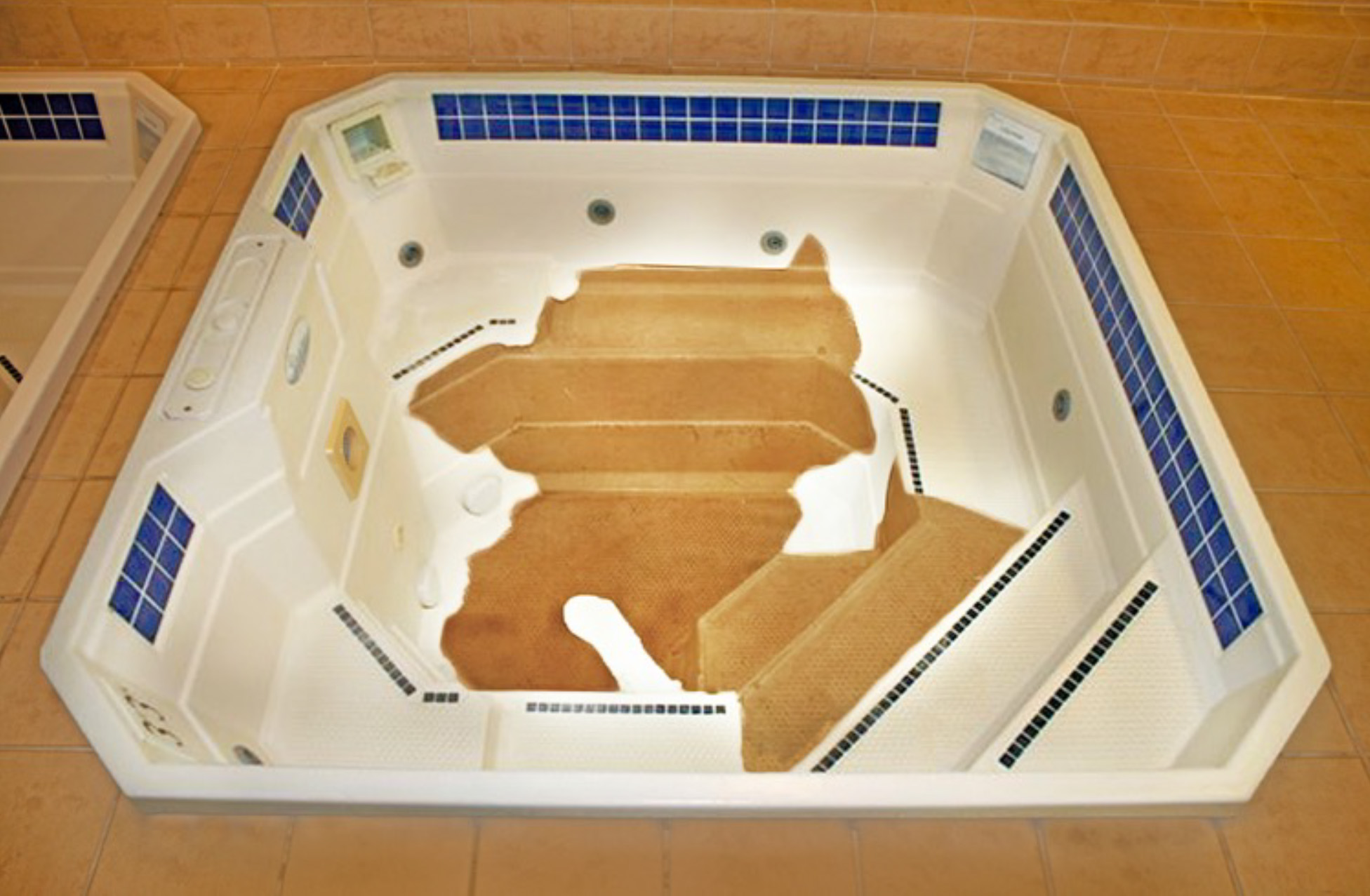Repairing a spa or hot tub can restore its appearance and functionality, but encountering fading or cloudiness in the repaired area can be disconcerting. Approximately three months post-repair, some spa owners may notice their once impeccable repair turning cloudy, a phenomenon that raises concerns about the longevity and quality of the repair work. This issue may lead one to question: could this be a reaction to spa chemicals, or is there another underlying cause?
Determining the precise reason behind the cloudiness of a repair requires an understanding of the spa’s maintenance history and water chemistry practices. However, two primary factors could be at play:
While strong oxidizing chemicals like Tri-Chlor could potentially cause fading, their effects would generally be visible across broader spa surfaces, not confined to the repaired area.
Fortunately, if premature water exposure is indeed the cause, rectifying the issue is straightforward. The initial step involves removing the affected top coating, which can be achieved through careful sanding with 400-grit sandpaper. This process aims to eliminate the damaged clear coat while preserving the underlying color coat, minimizing the need for extensive reapplication.
Following the repair, it’s imperative to keep the area dry for at least 24 hours to ensure complete curing of the coatings, especially if the repair is below the water line. Preventing water exposure during this critical period is crucial for the durability of the repair.
The longevity of a spa or hot tub repair hinges on meticulous application and aftercare. By understanding the potential causes of issues like cloudiness and fading—and how to prevent them—spa owners can maintain the aesthetic and functional integrity of their investments. For further guidance on post-repair care and other maintenance tips, Multi-Tech Products remains a trusted resource, dedicated to supporting spa owners in preserving the beauty and longevity of their hot tubs.



Find all the essential information about Multi-Tech Products, from contact details to terms of service, in our comprehensive footer section. We’re here to help you with all your surface repair needs.

Your order has been confirmed & it is on the way. Check your email for the details